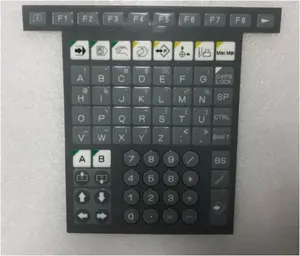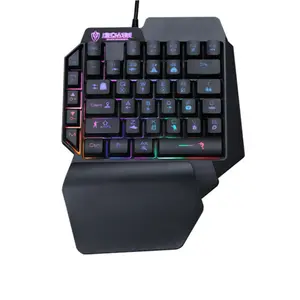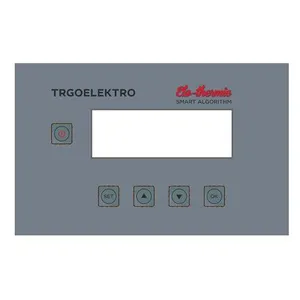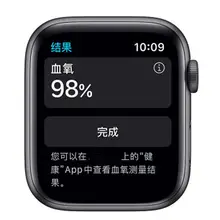A membrane keypad consists of a printed polyester or polycarbonate overlay adhered to a printed circuit using pressure to open and close a circuit. The membrane switch is an interface between users and machines, enabling an operator to communicate with equipment, instrumentation, or machinery. Its circuitry is often screen-printed using conductive inks, which are typically made of silver or carbon. Waterproof membrane switches are part of a range of devices considered to be user interfaces or Human Machine Interfaces (HMIs).
Tactile membrane switches
When pressed, tactile membrane switches provide a physical, tactile response. When interacting with a tactile membrane switch, a user typically presses on a metal or plastic dome beneath the graphic overlay, providing an unmistakable feeling that a "button" is being pressed. Tactile membrane keypads can be fitted to a wide variety of shapes and sizes and require different amounts of actuation force in order to fulfill particular functions.
Non-tactile membrane switches
Non-tactile membrane switches do not provide a tactile, physical response when pressed. Because tactile feedback cannot be felt, activating a non-tactile keypad usually comes with a sound or light indicating that the operation has been completed. Because additional layers intended to provide a tactile response are not required by non-tactile membrane switches, these devices tend to be a less expensive option for product interaction. Another advantage of this type is that they allow users to easily create custom shapes and sizes of the active keypad area.
PCB membrane switches
The PCB membrane keypad construction utilizes a printed circuit board (PCB) which can serve a dual purpose in the switch design. A PCB membrane switch also allows the electronic components to be "hard-soldered" into the PCB, whereas membrane switch components are attached using a thick polymer film conductive paste. With a PCB membrane switch, the PCB can serve as a sturdy backer.







































 浙公网安备 33010002000092号
浙公网安备 33010002000092号 浙B2-20120091-4
浙B2-20120091-4